With diversity and inclusion dominating the news and becoming increasingly important for both employees and customers, it’s essential that companies have a clear focus for addressing challenges in this area.
But with businesses also negotiating post-pandemic challenges and unpredictable marketplaces, how can they keep the focus and ensure they’re getting it right?
Diversity and inclusion are an integral part of any business. With employees being the foundation of any organisation, ensuring a diverse workforce and demonstrating that you value your people is directly linked to business success: financially, in terms of talent attraction and retention and for brand perception.
With movements like Black Lives Matters and Me Too highlighting significant issues and raising visibility, the focus for businesses on ensuring a diverse and inclusive workforce has never been more pressing.
In 2020, John Lewis, Tesco and ITV all came under scrutiny for a lack of diversity and CEOs of companies like Marks and Spencer committed to do more.
It’s not just gender diversity and ethnic diversity which have been the focus, Increasingly, wider diversity issues - like transgender rights, cultural diversity and cognitive diversity - have also been in the public eye. It’s therefore essential that companies ensure that all aspects of diversity are being addressed.
This clearly raises concerns about how companies can maintain focus in challenging times and how well embedded these initiatives are if they can simply be paused when other pressures arise.
While companies face challenges with addressing a new way of working, it’s important to note the positive impact that diversity has on everything from the bottom line to attracting and retaining talent.
Companies who focus on diversity and inclusion are likely to be better placed for the future.
Diversity is any dimension that can be used to differentiate groups and people from one another. In a nutshell, it’s about empowering people by respecting and appreciating what makes them different, in terms of age, gender, ethnicity, religion, disability, sexual orientation, education, and national origin.
Source: Global Diversity Practice
Inclusion is an organisational effort and practices in which different groups or individuals having different backgrounds are culturally and socially accepted and welcomed, and equally treated. These differences could be self-evident, such as national origin, age, race and ethnicity, religion/belief, gender, marital status and socioeconomic status or they could be more inherent, such as educational background, training, sector experience, organisational tenure, even personality, such as introverts and extroverts.
It’s essential that businesses focus on both areas in order to achieve success. Figures from McKinsey show that improvements in diversity do not necessarily lead to an improvement in inclusion. Their analysis of sentiment in Glassdoor and Indeed user reviews showed a discrepancy in perceptions:
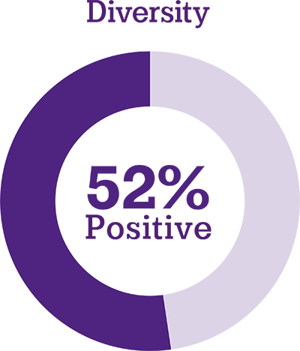
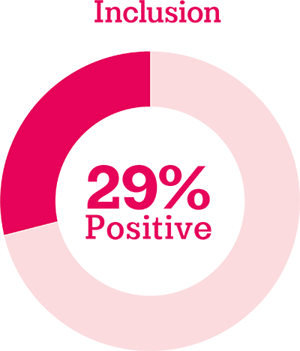
It’s clear that companies need to ensure that their focus covers both diversity and inclusion. Initiatives must cover a wider remit than just attracting a diverse range of candidates and also ensure that company culture and employee experience are inclusive, to ensure staff have a positive experience and the business can likewise benefit.
Want to read this offline or share with a colleague? Simply fill in some details to download a copy.
Companies who have a more diverse and inclusion workforce are seeing benefits across the board:
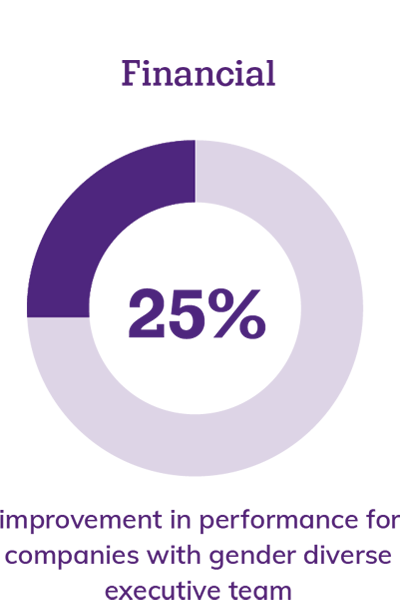
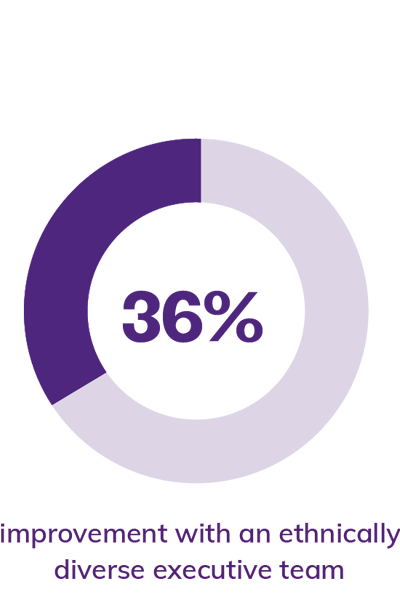
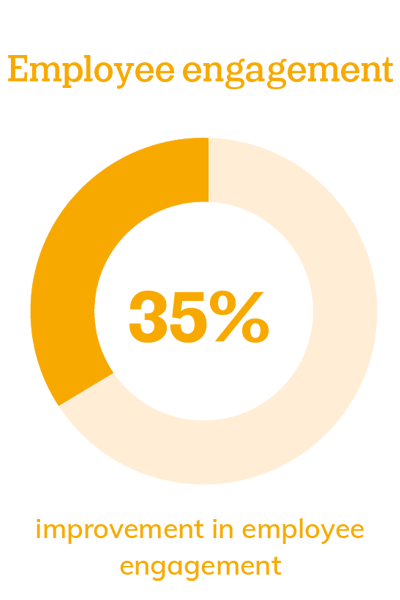
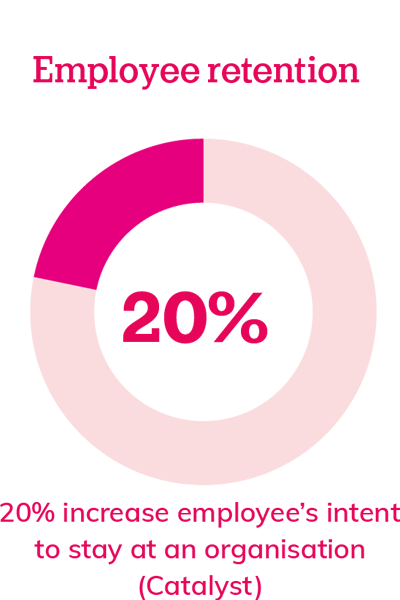
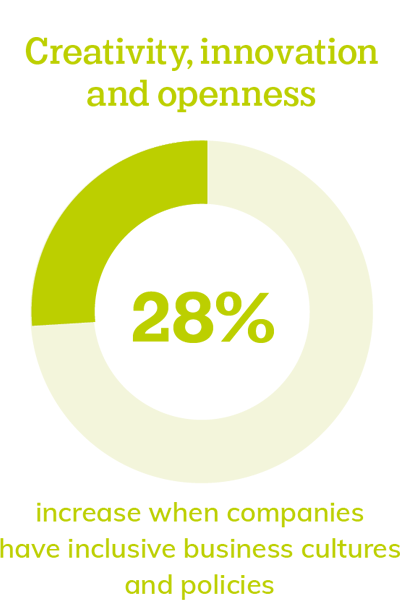
These are just some of the benefits of focusing on D&I. Companies also report better creativity and faster problem solving. A more diverse team can avoid some of the issues caused by groupthink and reap large benefits for the business.
With so much research highlighting significant benefits for businesses and with an increasing expectation from both customers and employees, are companies taking advantage of the opportunity?
D&I has been recognised as being a key priority for companies for some time. In our research, 92% of HR/TA/D&I teams surveyed said diversity and inclusion was a focus in their company.
When asked about the level of operation, respondents categorised their business as follows:
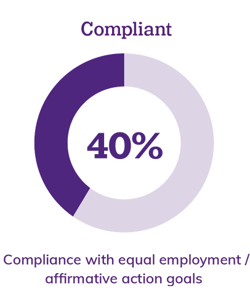
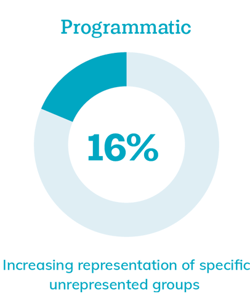
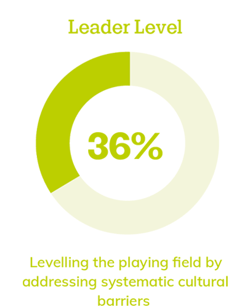
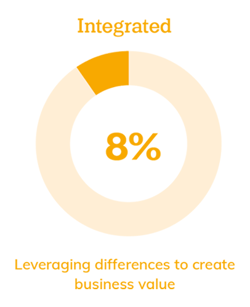
However, the impact of COVID-19 had an impact in D&I in some companies, at least temporarily.
A survey of D&I leaders, carried out by I4CP in March 2020, showed that 27% said that their organisation had put all or most of their diversity and inclusion initiatives on hold as a result of COVID-19. And 12% said that D&I was less of a consideration when making workforce changes like reductions and promotions.
This came immediately before the focus on the Black Lives Matters campaign in May 2020.
At this time, analysis of reviews on Glassdoor showed a 63% increase in discussions of diversity and related topics. Worryingly, 71% of the authors said they were concerned or dissatisfied with companies’ responses.
These actions are likely to have a long-term impact on D&I within companies, especially while companies consider the future of roles within the business.
Given the positive impact of a diverse workforce, companies who maintain their focus on D&I despite the ongoing challenge of a pandemic are likely to see faster and stronger recovery.
While there has been some progress, this has been inconsistent between companies and, even where targets have been reached, there is still much to do.
 Some progress has been made against gender diversity targets but it remains poor across many senior teams. In September 2020, Hampton Alexander Review reported that, for the first time more than a third of all board positions across all FTSE 350 companies are held by women – a rise of 3.8% in the last year.
Some progress has been made against gender diversity targets but it remains poor across many senior teams. In September 2020, Hampton Alexander Review reported that, for the first time more than a third of all board positions across all FTSE 350 companies are held by women – a rise of 3.8% in the last year.
However, a more detailed look at the data shows that 41% of individual FTSE 350 companies have not reached 33% female representation and 18 boards within the FTSE 250 only have one female board member. One remains an all-male board.
Likewise, when we focus on ethnic diversity, there is still significant under-representation and little improvement.
Figures from Green Park shows that only 3% of FTSE 100 board members were from ethnic minorities – no improvement since 2014. In 47 of the FTSE 100 companies, there is no ethnic minority representation at board or executive director level.
And a report from Colour of Power shows that just 4.7% of the UK’s most powerful roles in the country are filled by non-white individuals, compared to the 13% proportion of the UK population.
Across the other seven protected characteristics covered by the 2010 Equality Act (age, disability, gender reassignment, marriage or civil partnerships, pregnancy and maternity, religion or beliefs, and sexual orientation), even accessing data is problematic.
According to a report from the Financial Reporting Council, only one or two of the FTSE 100 companies are reporting on these figures – something which highlights the need for diversity to be considered in its widest context.
Where data is available, the news is not good. Data gathered in the US by McKinsey highlights LGBTQ+ employees have concerns about the impact that their sexual orientation will have on their career.
Three in 20 LGBTQ+ women believe their career advancement will negatively impacted, which rises to six in 20 for LGBTQ+ men.
In the UK, data from 2018 showed that one in three employers said they wouldn’t employ a transgender person. 34% of trans employees said they had faced exclusion at work and 33% had been discriminated against.
With these figures demonstrating a clear need to keep addressing D&I issues, what are the main challenges holding companies back?
As the lack of reporting demonstrates, companies are still struggling to ensure their diversity focus covers all groups who face discrimination and exclusion. Companies need to ensure that their D&I policies remain up to date so that progress can be measured and newly-identifying groups can be included.
Our research showed that companies recognised the impact of bias in the recruitment process, with 92% of companies employing various methods and training to mitigate against bias occurring. The most common method was ‘Unconscious Bias’ with 40% of respondents stating they currently use this or are training managers in it.
Other methods included:
Intersectionality defines how different aspects of a person's social and political identities combine and impact on discrimination and inclusion. Although this term has been used for 30 years, it has gained more visibility in recent times. Companies need to ensure that their D&I focus can address the potential increased exclusion faced by employees who belong to two or more underrepresented categories.
For businesses to improve their diversity and inclusion, employees must be able to safely report discrimination, harassment, exclusion or other issues.
However, data from HBR shows that approximately 50% of discrimination and harassment complaints lead to some type of retaliation and experience worse mental or physical health than those who were harassed but did not raise the issue.
This needs to be a focus so that employees can raise issues, allowing companies understand and address them.
Diversity and inclusion have many aspects, so it’s important to ensure that any initiatives are clearly focused and address the main challenges your business faces. Here are our top recommendations for improving D&I in your organisation:
Our research showed that in 56% of companies D&I is owned by the HR/TA team. 24% of respondents said that the Senior Leadership Team or other senior director owned this activity, and only 20% had a dedicated D&I Director or team.
Given the impact of D&I not only on employees but also the financial health and customer brand perception of the business, it’s essential that the CEO and board members have visibility and are driving changes across the business, influencing company culture and setting targets for the future.
While much of the focus is often on ethnic and gender diversity, it’s clear from the figures that many companies are neglecting wider diversity targets. From disability, sexual preference and gender identity to intersectionality and diversity of background, there are many aspects of D&I that companies should be addressing.
While setting KPIs is an essential step in measuring success, the numbers are a means to an end. To unlock the many benefits that come with strong D&I, companies need to look beyond the statistics to ensure inclusion and diversity of thought throughout the business.
To make improvements in D&I, it’s important to understand how well your business is performing. While it’s essential to have access to the right data, knowing the figures alone is not enough – businesses also need to understand the causes which underlie any lack of diversity within the business.
Independent research helps provide more detailed insights that set your D&I data within the wider context of market, competitor and talent pool information to help you understand and reach the right talent.
KPIs are essential to measure, evaluate and improve. Our research showed:
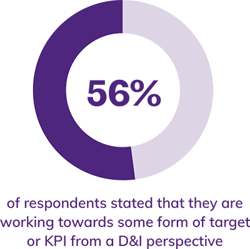
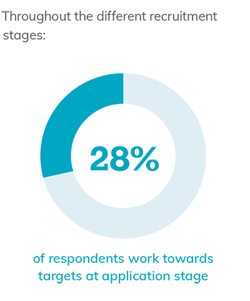
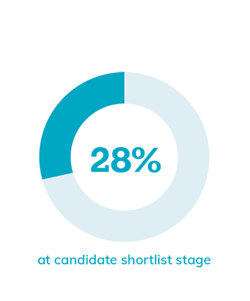
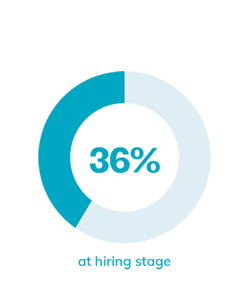
Setting targets at both the recruitment stage and throughout the talent lifecycle allows businesses to monitor progress. Improving D&I performance is an ongoing process.
While D&I activity often focuses on the recruitment stage, before hiring takes place it’s essential to look at inclusion in both the culture of the business and throughout the working environment.
Training all employees in diversity awareness can help improve inclusion, but leaders also need to be aware of the impact of decisions and who is involved in making them. This is particularly true now, when changes in working environment are happening as a result of the coronavirus pandemic.
As a result of COVID-19, talent teams are under increasing pressure with changes in working processes, recruitment activity and staff wellbeing – but it’s essential that diversity and inclusion are not neglected.
The change in working patterns, with more people working from home, opens up huge opportunities to reach out to a more diverse talent pool, locally or globally. In many companies, employees are now working remotely which could lead options to recruit a more diverse team based outside your usual catchment area.
However, with this change in working location, it’s also essential that companies consider the implications for their diverse workforce. More than ever before, work life and home life have become connected and the use of video calls and other tools may mean that employees are facing a loss of privacy.
This can particularly affect parents, LGBTQ+ employees and others who may want to keep some separation. In addition, some employees from different socio-economic backgrounds may have not have access to fast WIFI connections or the resources they need to do their jobs.
Recent research also shows that ethnic minorities are more likely to be affected by job losses and reduced hours as a result of the pandemic.
Companies need to understand these issues and think about how they can support their employees, foster a safe working environment and ensure an inclusive approach to any changes, making sure that no group is disproportionately affected.
As technology advances there are a range of tools that can help businesses to improve diversity during recruitment, from analysing unconscious bias in the language of a job advert to helping to remove unconscious bias when shortlisting.
Our research with TA/HR/D&I teams in a wide range of industries showed that:
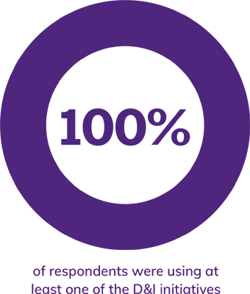
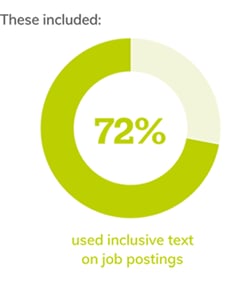
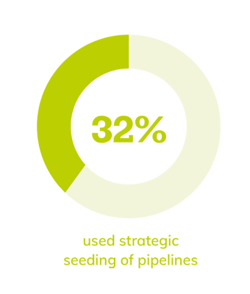
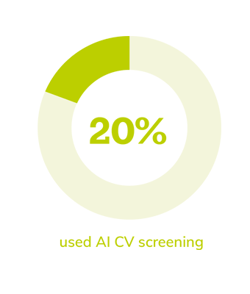
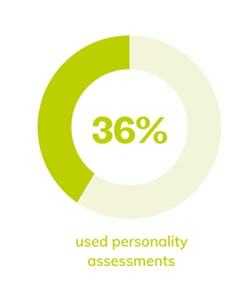
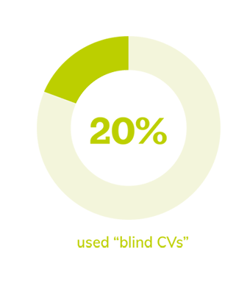
Making the most of the tools and initiatives can help to improve diversity within your organisation.
Many aspects of the hiring process, from where you advertise vacancies to employee referral programmes, can impact the diversity of your candidates and therefore your employees. By seeking candidates from outside your usual recruitment sources, D&I can be improved.
There are many ways to do this, including using a talent mapping service. Our approach allows us to locate candidates who may not be reached through traditional methods, ensuring you can target the best diverse talent available. We also provide insights to help you understand the marketplace, your competitors and the perceptions of your company, to help drive your D&I strategy for the future.
We hope you found this information useful. We also have a PDF version if you'd like to read it offline or share it with a colleague.
We partner with our clients to support them in improving diversity and ensuring equality. This includes uncovering insights about best practice, benchmarking D&I performance against competitors and mapping the market to find diverse talent pools for now and the future.
© Talent Insight Group 2025